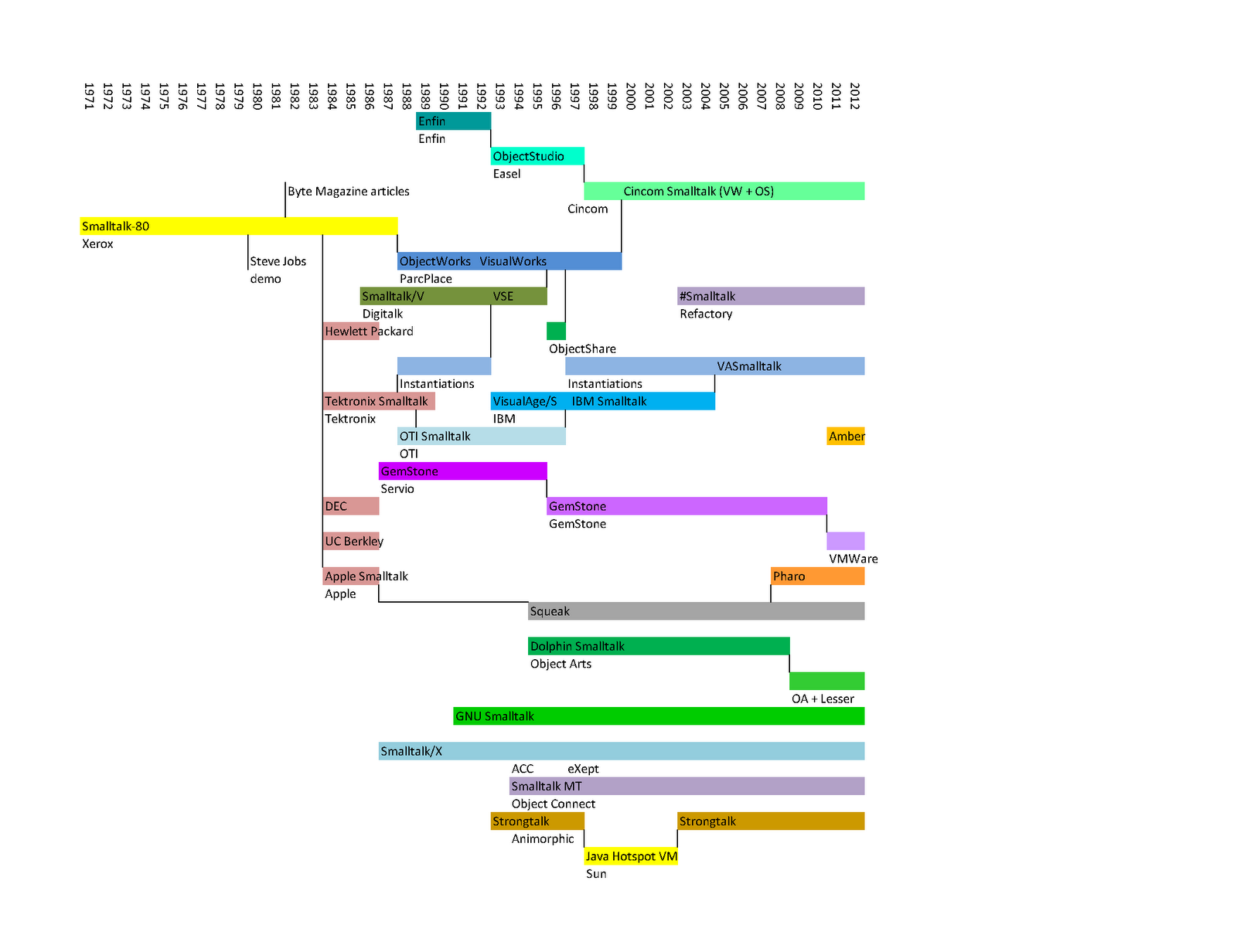
 | |

"And they showed me really three things.
But I was so blinded by the first one I didn't even really see the other two.
One of the things they showed me was object orienting programming they showed
me that but I didn't even see that. The other one they showed me was a
networked computer system...they had over a hundred Alto computers all
networked using email etc., etc., I didn't even see that. I was so blinded by
the first thing they showed me which was the graphical user interface. I
thought it was the best thing I'd ever seen in my life. Now remember it was
very flawed, what we saw was incomplete, they'd done a bunch of things wrong.
But we didn't know that at the time but still though they had the germ of the
idea was there and they'd done it very well and within you know ten minutes it
was obvious to me that all computers would work like this some day."
It was a turning-point. Jobs decided that this
was the way forward for Apple. In 1997 the New York Times reported:
"Steve Jobs told his audience that
during his legendary visit to Xerox's Palo Alto Research Center in the late
1970's, where he first saw the technology that he commercialized in the
Macintosh, he had missed some fundamental components. Mr.
Jobs said he had been "blinded" by Xerox's graphical user interface
and had overlooked both the company's Smalltalk programming language and its
powerful office network
"If I'd only stayed another 20 minutes," Mr. Jobs said today"
(NewYork Times 1/8/97)

The
Smalltalk user interface of the Xerox Alto III
The work in the LRG continued and after experiments were performed on
Smalltalk-72, a sequence of languages ending in Smalltalk-80
were developed:
A
licensing program at Xerox and Xerox Special Information Systems distributed the
Smalltalk development environment to a limited number of developers and large
companies. Mainstream development community distribution did not occur until a
new venture-funded company named ParcPlace Systems, Inc., headed by Adele
Goldberg, hit the streets running. They sold Smalltalk as Smalltalk-80,
then renamed the product to ObjectWorks and later VisualWorks
Smalltalk.
A
second Smalltalk (Smalltalk/V) was developed by Digitalk in Los Angeles,
California, with funding from Ollivetti and other customers. This Smalltalk
addressed the need for a small, high-speed, PC-based product. Prior to
acquisition by ParcPlace Systems, Inc., Digitalk was the volume sales leader.
Object
Technology International Inc. (OTI) developed a set of team/component management
tools for all Smalltalks called ENVY/Developer to provide version control and
configuration management on larger projects. OTI developed a 32-bit virtual
machine for the Digitalk Apple product and engaged in a wide range of Smalltalk
research projects ranging from OO client server tools, embedded Smalltalk, and
electronic warfare/radar image processing to constraint engines and portable
virtual machine factories.
IBM
developed the VisualAge for Smalltalk product family in collaboration
with Object Technology International Inc.
A
number of new Smalltalks were developed after this:
Smalltalk/MT
Dolphin
Smalltalk
PocketSmalltalk
GNU
Smalltalk
ObjectStudio
Squeak
LSW
Vision Smalltalk
Gemstone
Smalltalk
Smallscript
Continue here with the story of ParcPlace in 1980,
the merge with Digitalk, the beginnings of Squeak and Java. (don't forget to
mention Animorphic)
